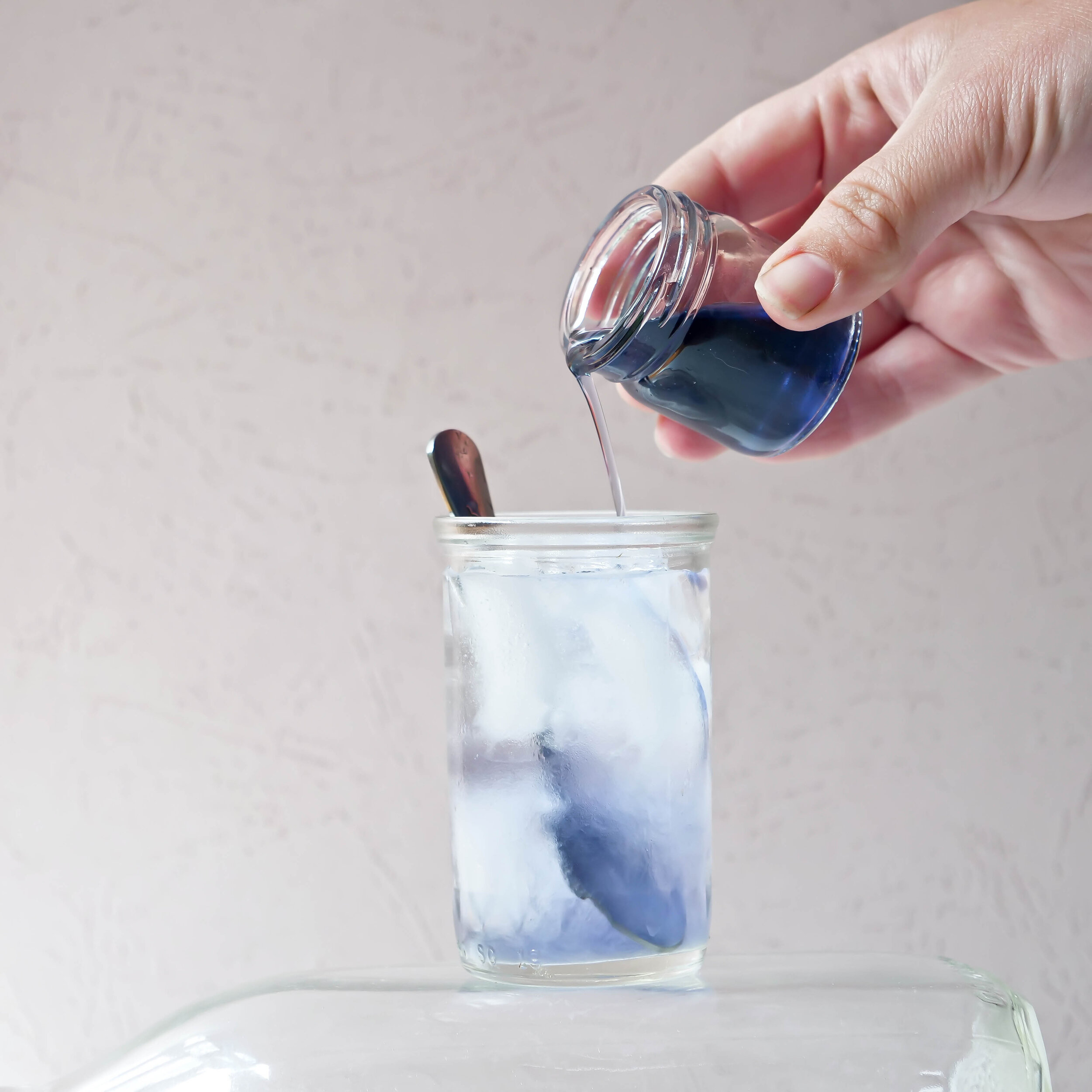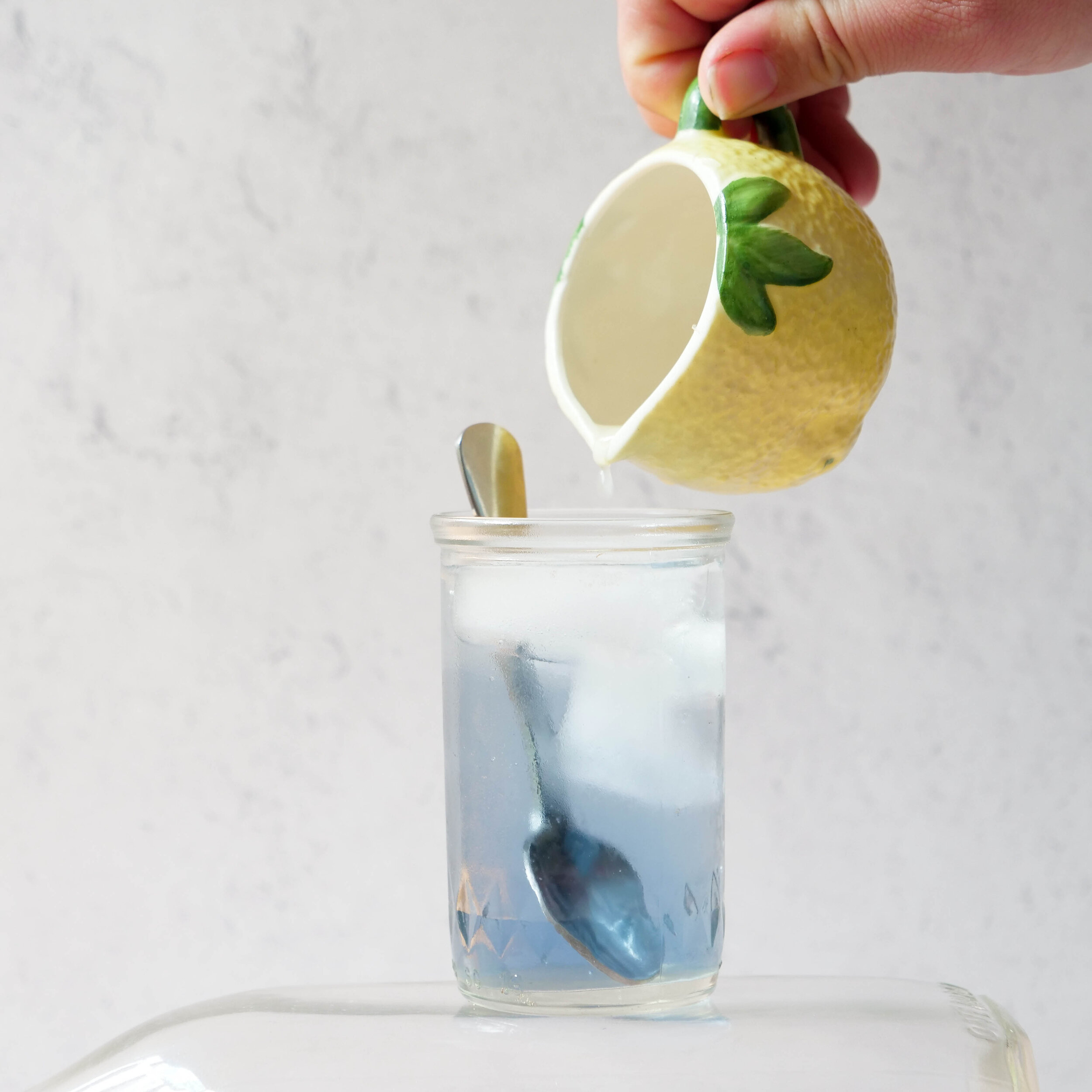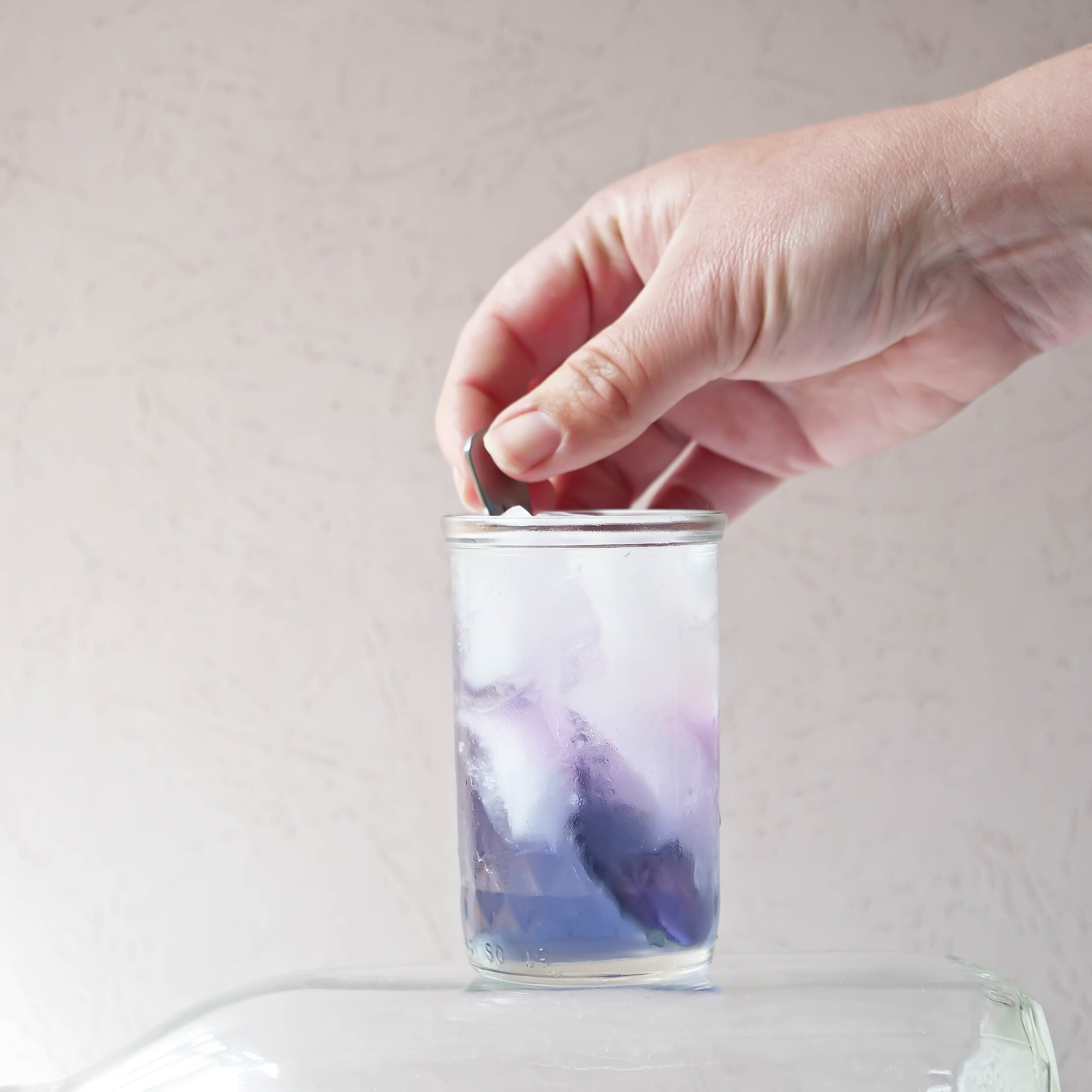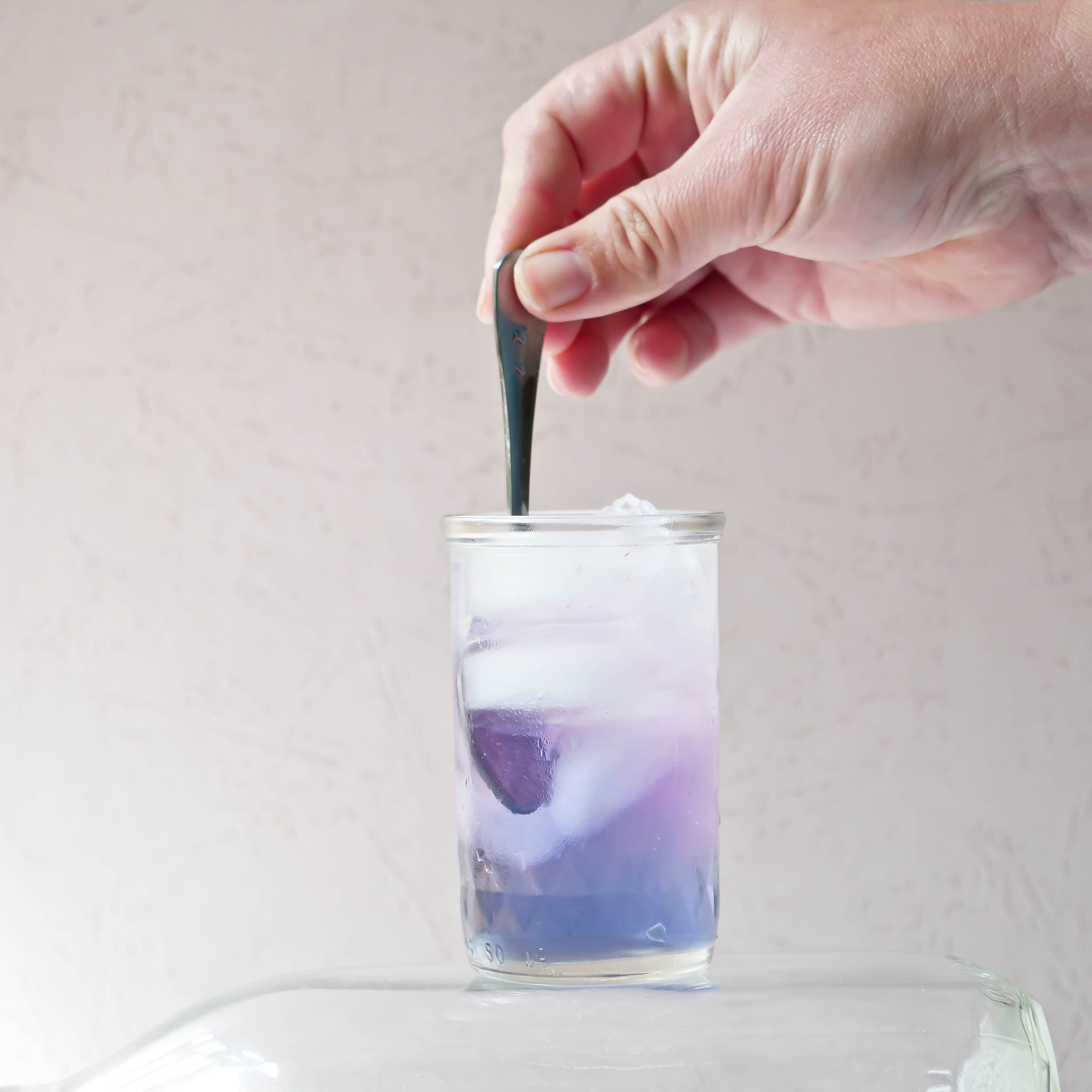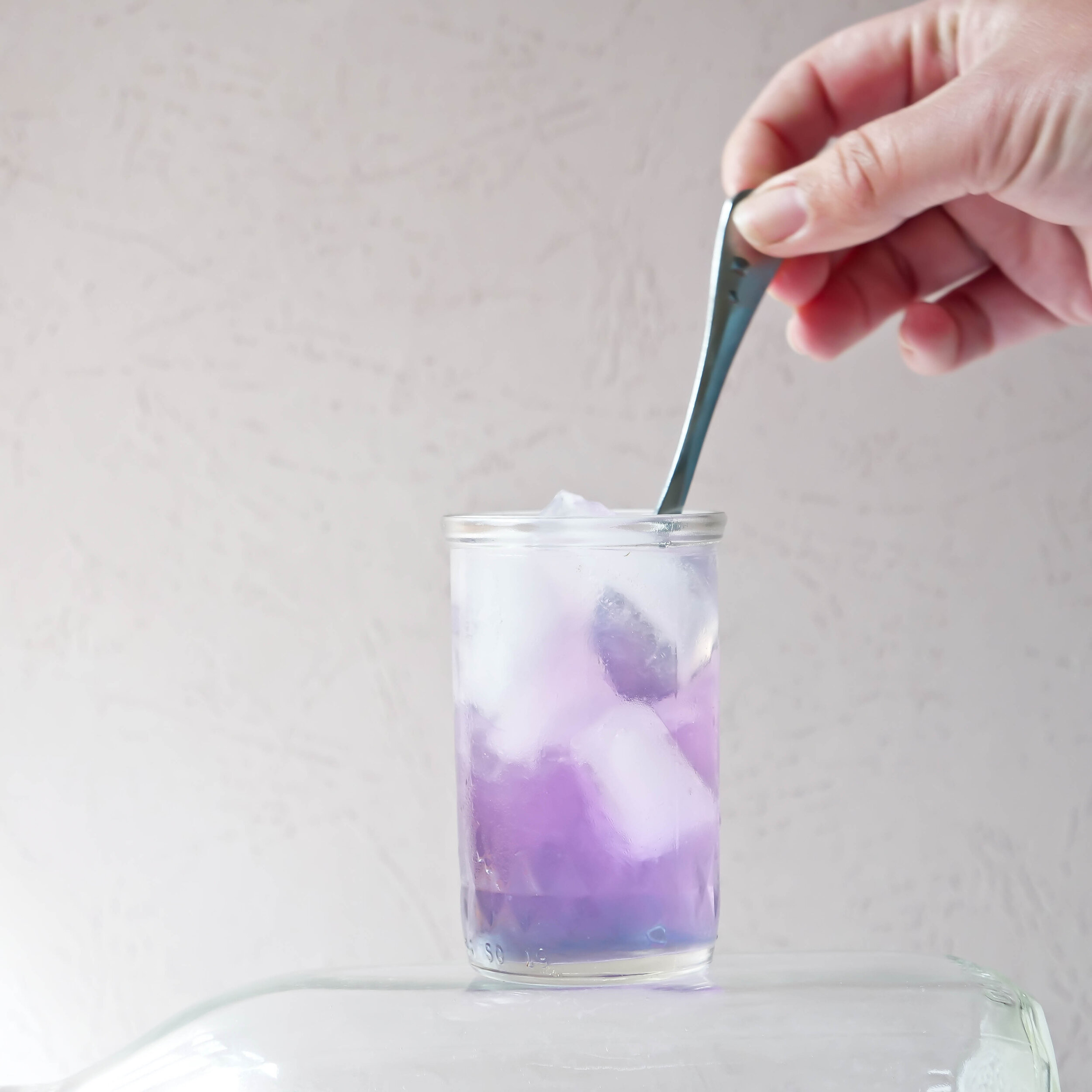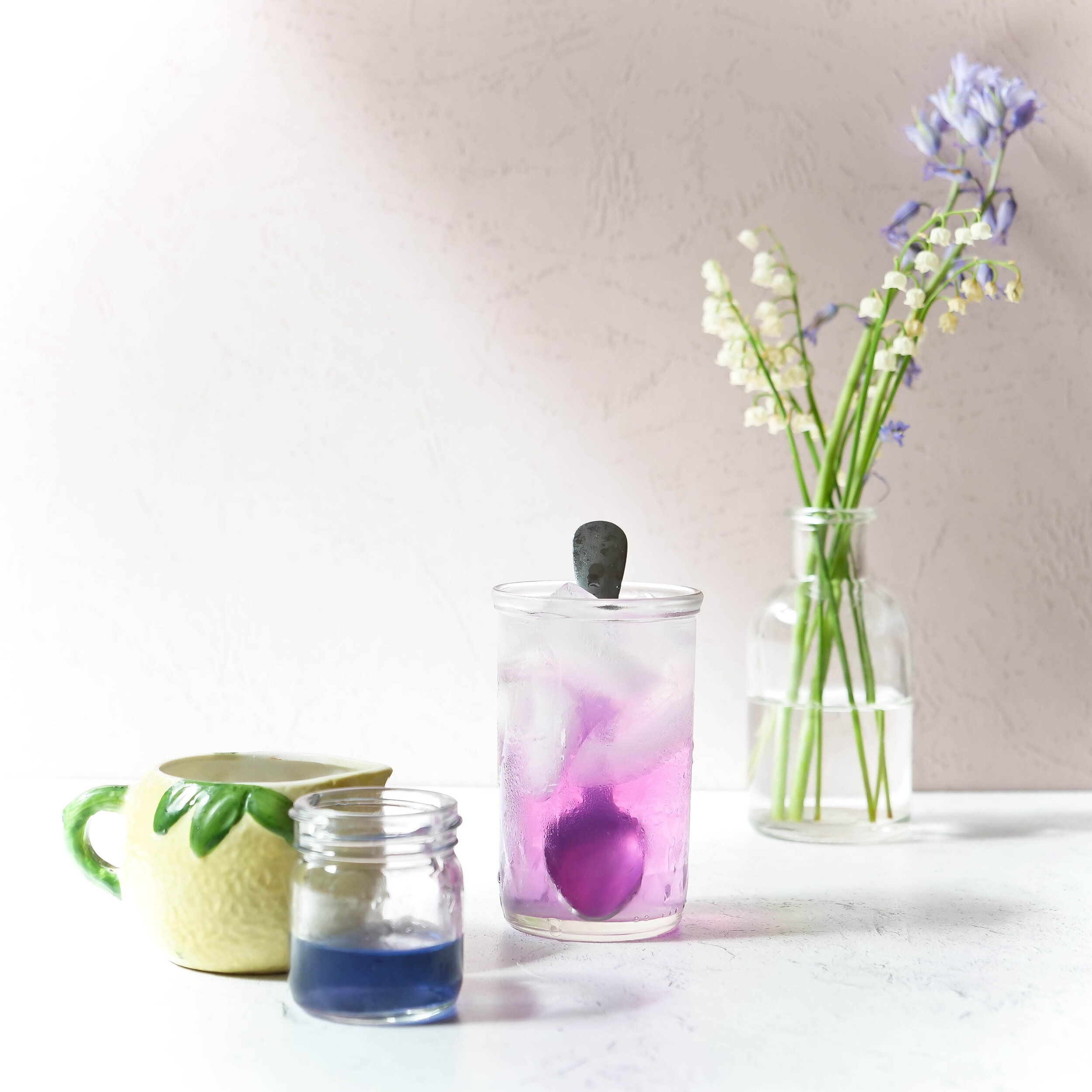Violets, a Friendship Flower
by Alexandria Dickerson
Violets grow wild in shady spots this time of year. They grow low to the ground with a heart shaped leaf. The flower has 5 petals that are arranged two at the top, two in the middle, and one at the bottom. Their fragrance has inspired the scent of perfumes, candles, and soaps.
Violets are often enjoyed in the following ways:
Candied
Violet syrup
Salads
Tea
Tincture
Infused honey, oil, or vinegar
Violet brandy
Violet elixir
This list is not exhaustive, but can give an idea of how versatile violets can be!
Violets in the Apothecary:
Violets make a strong addition to the apothecary! Did you know that violet leaves contain lots of Vitamin C!? So much that the recommended daily amount of Vitamin C can be found in just a few violet leaves. Violets are gentle medicine and offer a cooling and moistening energy that assists in moving stuck heat in the body. Violets have been known to help stimulate and move lymph as well as congestion in the lungs. Violets have demulcent, expectorant, and anti-inflammatory properties among many others. Violets can be tinctured, infused in vinegar, oil, and honey. Violets also make a great addition to herbal teas.
Violets in the Kitchen:
Violets offer color and nourishment in the kitchen and can be enjoyed in many different ways. The leaves and stems can be eaten raw or cooked, added to pestos, soups, and goddess dressing. The flowers make a beautiful garnish on any dish like salads and even mixed into butters to spread on your favorite breads and baked goods. Violet flowers can also be candied and turned into syrups that offer their bright violet color.
**Even though there are many species of violets, they are typically used interchangeably as all species are considered edible. While enjoying violets and violet leaf, it’s recommended to only eat a handful at a time due to the saponins, (soap- like flavor) which may cause some digestive upset when eaten in large quantities.
Violets have been known to symbolize many things throughout history, such as strength, endurance, truth, and remembrance. Despite its small stature and delicate face, it’s color is bold and its impact on the world is powerful. Violets have an infinity for the heart and are considered a heart opener and can be very supportive during times of heartache and are strengthening as one moves through grief. Violets can create space for calmness and rest. They also contain anti inflammatory properties and mucilage which is soothing to hot and dry tissues.
My experience with violets has always symbolized friendship. My favorite pastime with violets is sitting in the violet patch with a dear friend, talking and picking violets as time passes. The violet patch feels fresh and cool in the shade, and the violet blue is mesmerizing and calming. There’s a faint sweet scent, the bees can detect it too as they bop from flower to flower. I love how the flowers hang from their stems like fine jewelry, so delicate. For me, the violet is a friendship flower.
What if I told you, you could bottle all those feelings? Let’s make some violet syrup!
Supplies and ingredients needed:
1 cup of violet flowers
1 cup of water
1 cup of sugar (substitute for sweetener of choice)
2 - 1 pint mason jar with lid and a label
Fine mesh strainer
Directions:
Collect 1 cup of violet flowers by pinching them from the stem. You will also want to gently grasp all five petals between your fingers and twist the petals free from the green base of the flower.
Set flowers aside to wilt before the next step. This step helps remove some of the moisture in the petals to make the syrup have a lower water content.
Place petals into a clean mason jar. Bring 1 cup of water to a boil and then pour over the petals into the mason jar. Cover with a lid. You’ll be able to see the water start to change colors almost immediately!
Allow the violet flower tea to steep for several hours or overnight.
Strain the petals from the tea with a fine mesh strainer or muslin cloth. Give the petals a good squeeze to get all the remaining liquid out. The petals can be discarded or composted.
Gently heat the tea and add in 1 cup of sugar to make the syrup. Stir until all the sugar has dissolved. I chose white sugar for this recipe as darker sugars/ sweeteners can change the color of the syrup.
Bottle the violet syrup into a clean glass jar with a lid. Label with the name and date. The syrup will stay fresh in the refrigerator for several months.
Not sure what to do with your violet syrup? Try using it to sweeten some freshly squeezed lemonade and watch the violet color turn pink!
author bio:





